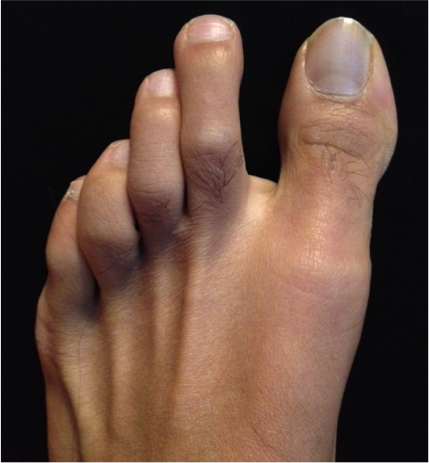Hammertoes
What is a hammertoe?

A hammertoe occurs when one or more the small joints of the toe are contracted (bent). This deformity can be quite painful as it places increased pressure on different parts of the toe.
Hammertoes start off very mild but with time the contracture can worsen and become more severe. Often when left untreated, the deformity will progressively become rigid and more resistant to non-surgical treatment.
Causes
The main cause of hammertoes is an imbalance of the muscles and tendons that support the toe. This imbalance can be triggered by an inheritance in foot type, structural changes in the foot, and diseases that affect the muscles, bones and nerves of the foot and ankle. Poorly fitting shoes and repetitive trauma can aggravate the condition.
Symptoms
- Pain in areas of friction
- Corns / calluses and in extreme cases sores of the toes
- Redness / numbness / swelling
- Difficulty fitting into shoes
Diagnosis
A careful evaluation of the toes and correlation to the patient’s symptoms will be important in diagnosing hammertoes. There are many types of hammertoes and to distinguish between them, toes will be manipulated and studied to fully evaluate them. Furthermore, x-rays may be ordered to determine the severity of the deformity.